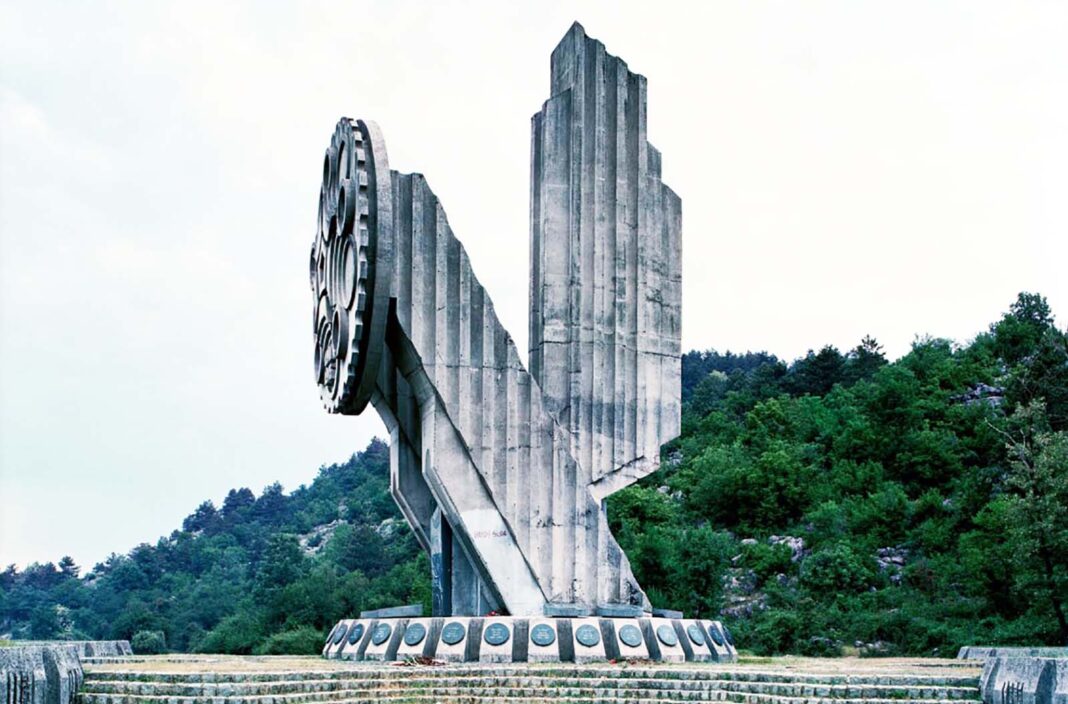Scattered across the fractured landscapes of the Balkans, colossal monuments rise from the earth like remnants of a forgotten civilization.
These striking, futuristic forms—often isolated and weathered—once carried deep meaning in a country that no longer appears on any map.
Built during the 1960s and 1970s in the now-dissolved Socialist Federal Republic of Yugoslavia, these structures were more than memorials.
They were ideological beacons, designed to project unity, strength, and a forward-looking national identity in the aftermath of World War II.
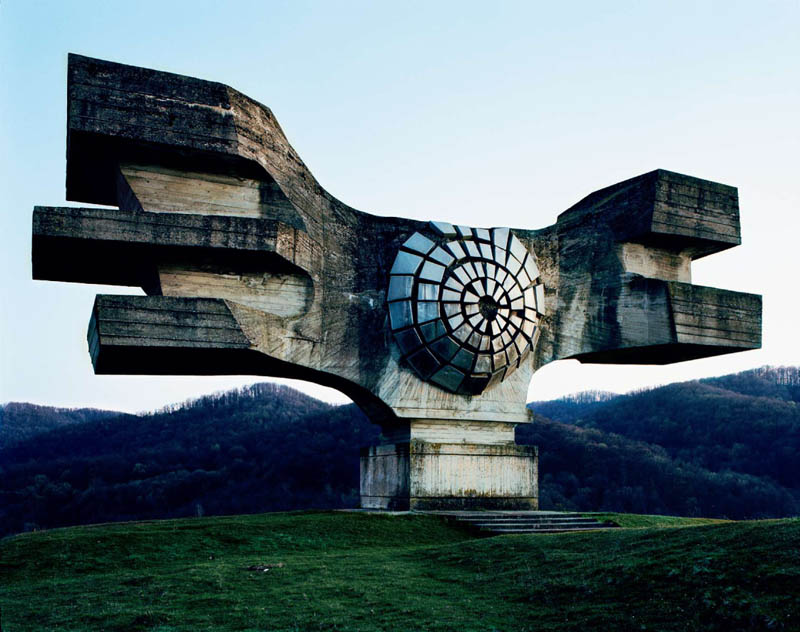
This large winged sculpture in Podgarić, Croatia, holds a crypt with the remains of hundreds of Partisan soldiers who died while being treated at nearby hospitals.
From the sunlit shores of present-day Croatia and Slovenia to the rugged terrain of Bosnia and Herzegovina, Montenegro, Serbia, Kosovo, and North Macedonia, these monuments—known as spomeniks—punctuate the landscape with an otherworldly presence.
They were often erected at the very sites where horrific massacres or acts of heroism had occurred, their dramatic shapes and towering forms speaking not through realism but through abstraction and symbolism.
Unlike the representational, often authoritarian style of Soviet memorials, Yugoslavia’s monuments embraced modernism.
Their visual language borrowed freely from Western architectural trends, signaling the country’s unique position between East and West.
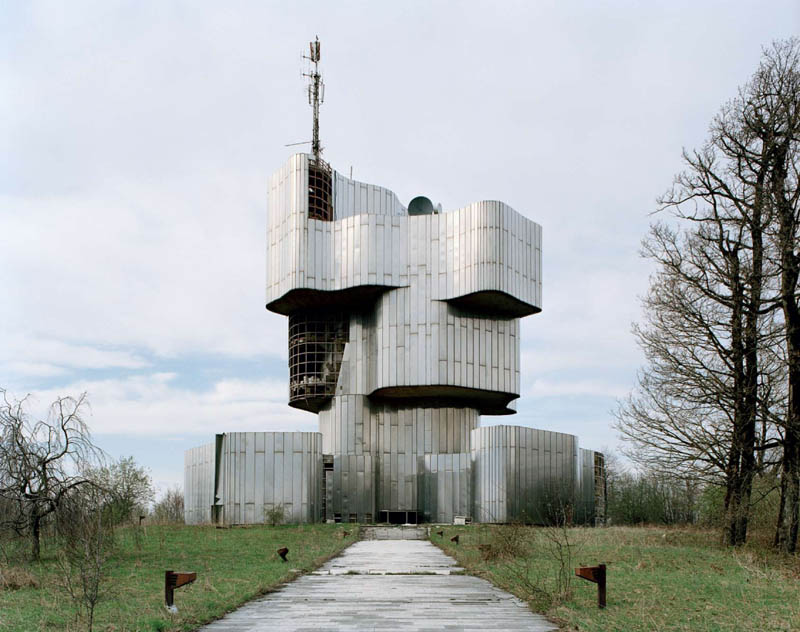
The Serbian uprising against the Ustaše militia on Petrova Gora mountain in Croatia is honored by a monument that’s 12 stories tall.
Yugoslavia, under the leadership of Josip Broz Tito, followed a different path from its Eastern Bloc neighbors. It was a socialist state that promoted a policy of “self-management” and maintained relative openness to the West.
In this ideological middle ground, public art became a powerful tool. The monuments served not only as commemorations of resistance against fascism but also as instruments of political storytelling.
They conveyed a carefully curated narrative of unity among Yugoslavia’s diverse ethnic groups—Serbs, Croats, Bosniaks, Slovenes, Macedonians, Montenegrins, Albanians, and others—woven together by the shared trauma of war and the promise of a collective future.
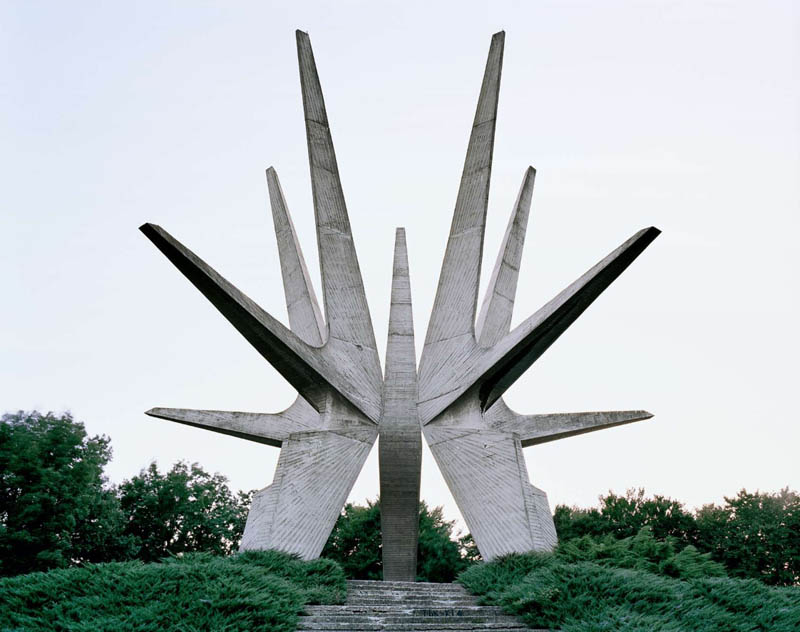
Partisans gathered here on Kosmaj Mountain in 1941 to plan their battles against occupying Axis forces.
Tito saw these structures as symbols of a new, modern Yugoslavia—neither capitalist nor Soviet, but something entirely its own.
Abstract, often enormous, and intentionally devoid of ethnic or religious imagery, the monuments were meant to unify rather than divide.
Their forms suggested motion, hope, and transformation—a visual metaphor for the future the country hoped to build.
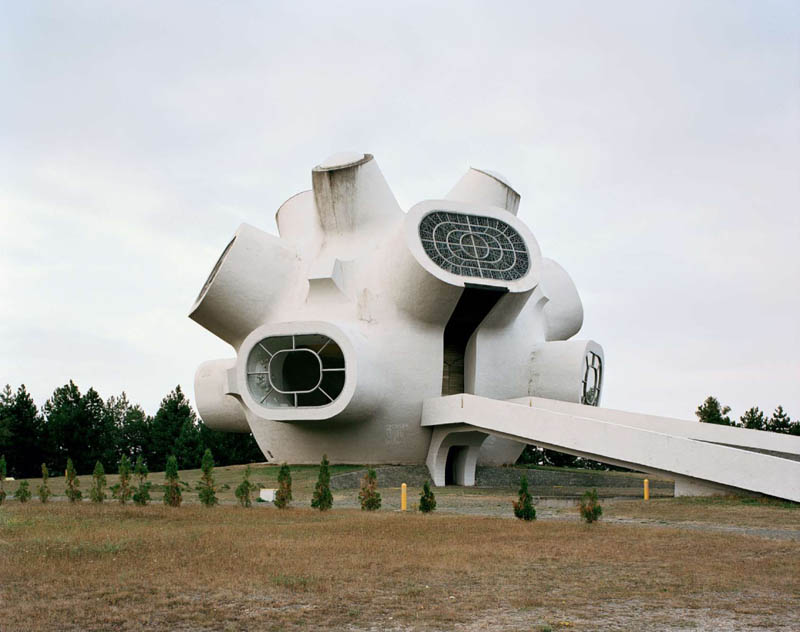
This monument at Kruševo commemorates the resistance fighters who took part in the Ilinden Uprising of 1903 against the Ottoman Empire, while also remembering the Partisan fighters of People’s Liberation Struggle (WWII).
But beneath their ambition lay unresolved tensions that Tito’s leadership could suppress but never truly erase.
After his death in 1980, those fractures reemerged. The fragile federation began to unravel, and by the 1990s, it collapsed into a series of brutal wars driven by nationalism and ethnic conflict.
The monuments, once symbols of unity and modernity, became relics of a shattered dream. Their meanings shifted with the political winds—revered by some, ignored or vandalized by others.
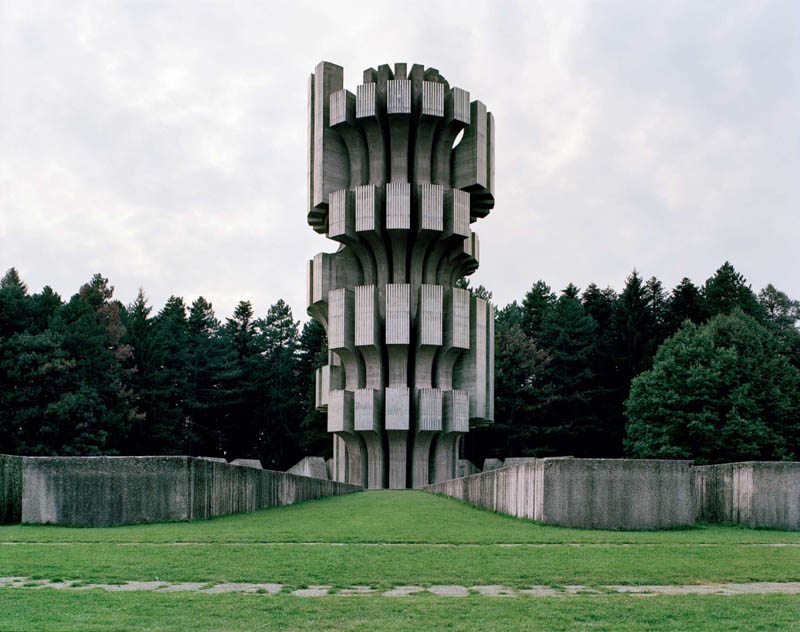
Sitting on a high peak in Bosnia and Herzegovina, this monument remembers the fierce battle when thousands of Partisan fighters and predominately Serbian civilians were killed or deported to Ustaše concentration camps during the summer of 1942.
Today, the spomeniks exist in varying states of preservation. Some are maintained as historic sites or house small museums, while others are crumbling, overtaken by vegetation and time.
For many, they remain emotionally charged—either as nostalgic reminders of a hopeful past or as painful witnesses to the disintegration of a nation.
Their strange shapes and haunting presence continue to provoke curiosity, standing as concrete echoes of a complex and often misunderstood history.
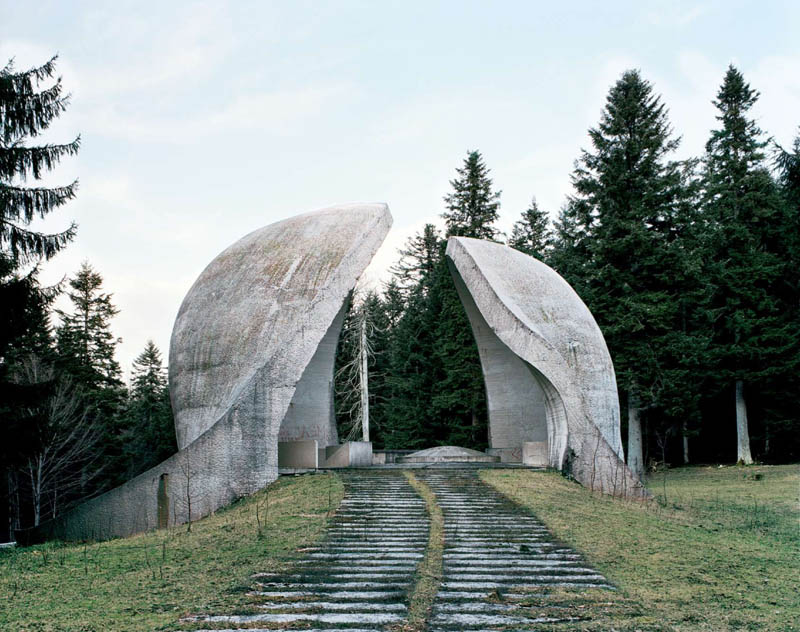
Meant to symbolize a budding flower, this monument commemorates the hospital and medical staff that cared for the wounded Partisan soldiers in Korčanica, Bosnia and Herzegovina.
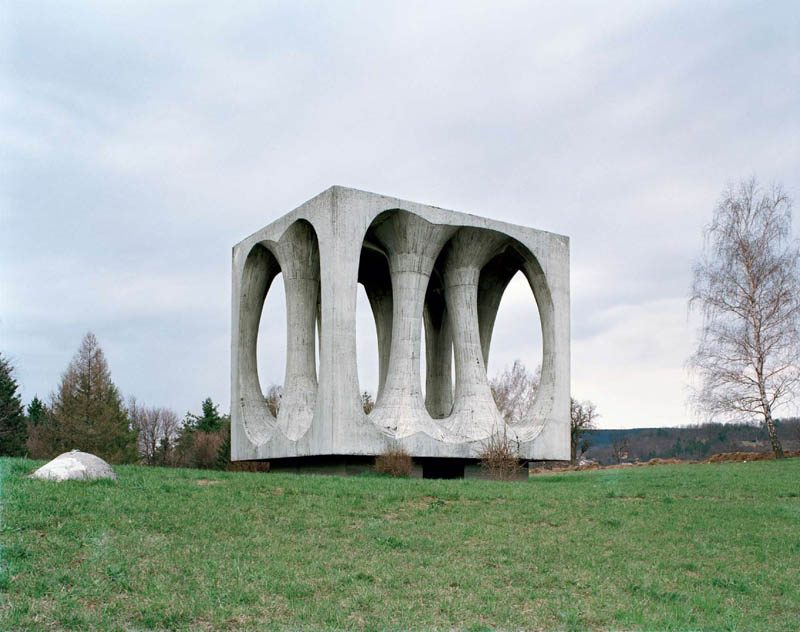
Underneath this monument on Freedom Hill in Ilirska Bistrica, Slovenia, is a crypt which contains the remains of 284 fallen fighters from the Yugoslavian Army who liberated this area during World War Two.

The ‘Flower’ monument at Jasenovac is a memorial to the hundreds of thousands of victims who were executed during World War II at the Jasenovac forced labor and extermination camp which was set up and run at this location, on the banks of the Sava River, by the Independent State of Croatia (NDH) and administered by the fascist Ustaše forces.
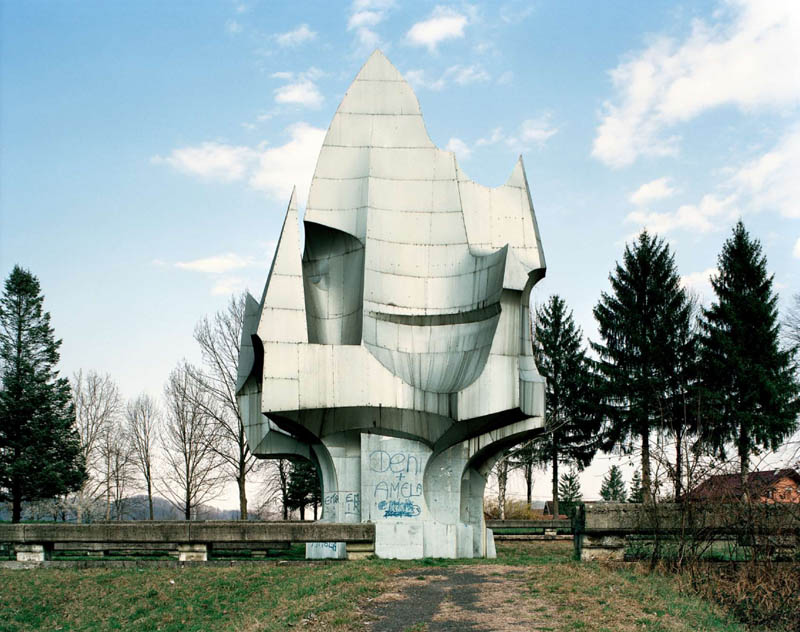
This spomenik at Sanski Most, Bosnia was built not only as a memorial to the thousands of victims of the Axis occupation and oppression in the surrounding region, but also, this is a memorial to the victims of the “Rebellion of the Sana Peasants”, in which the local population of Sanski Most area revolted against the oppression by the Ustaše occupying forces in the first weeks of the war.
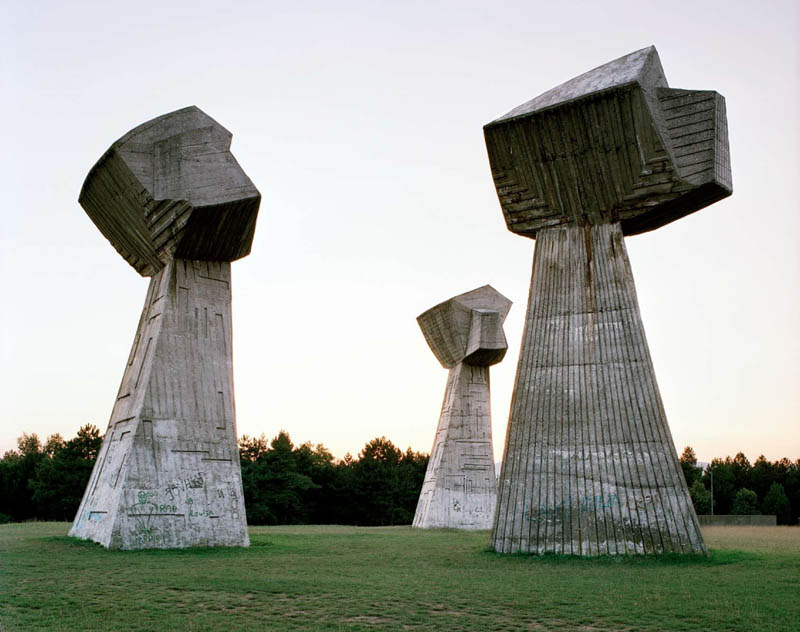
Three fists represent the Serbian, Jewish, and Roma victims killed at this site near Niš, Serbia, by Nazi occupiers from early 1942 to late 1944.
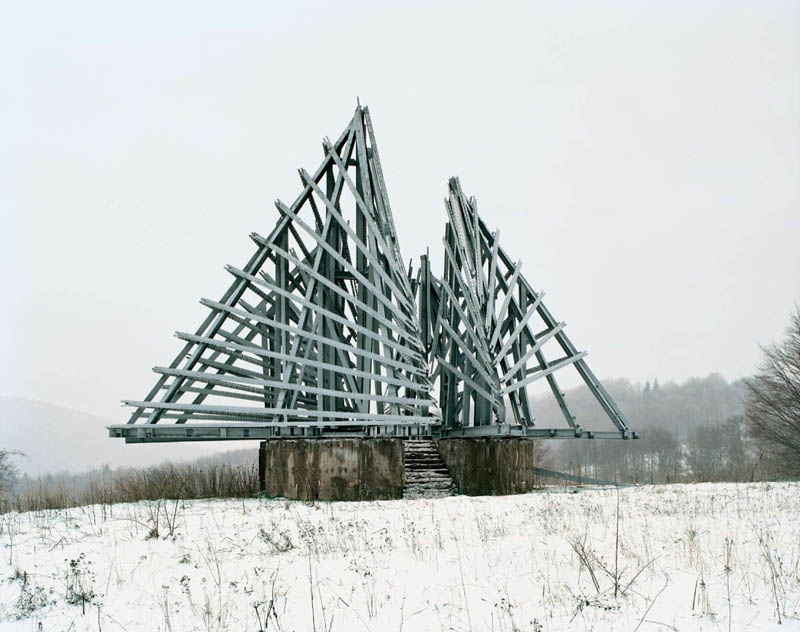
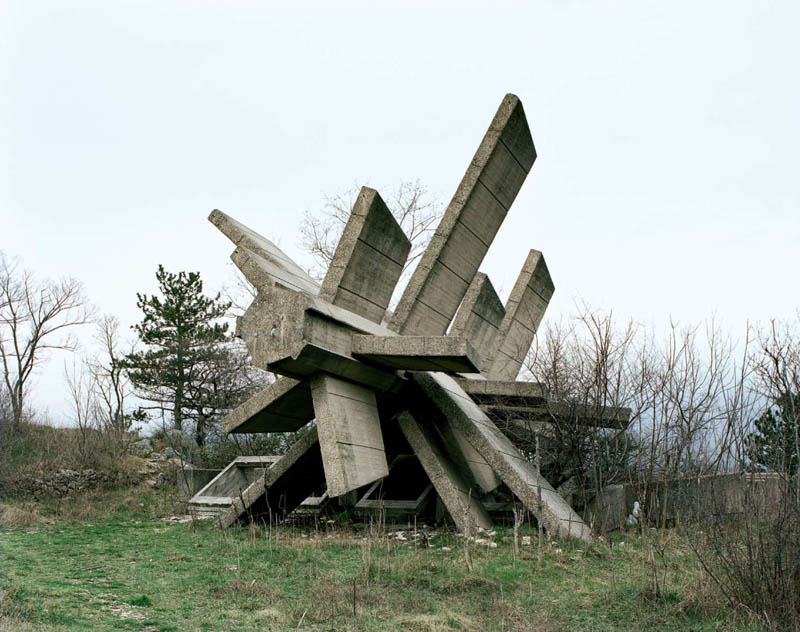
This monument was built in memory of the fallen Partisan soldiers of the 8th Dalmatian Corps who gave their lives during the liberation of Knin.

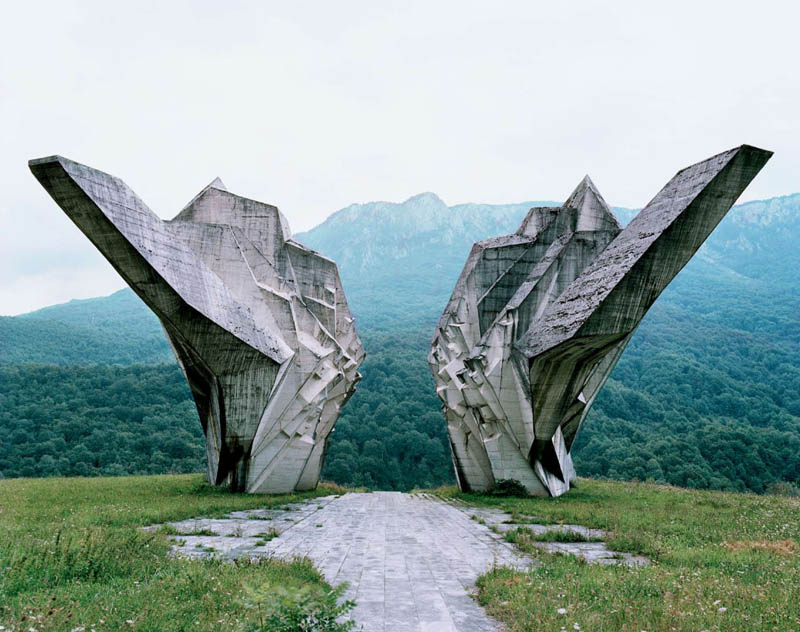
This monument for the victims of the Battle of the Sutjeska in Bosnia and Herzegovina took about seven years to complete.
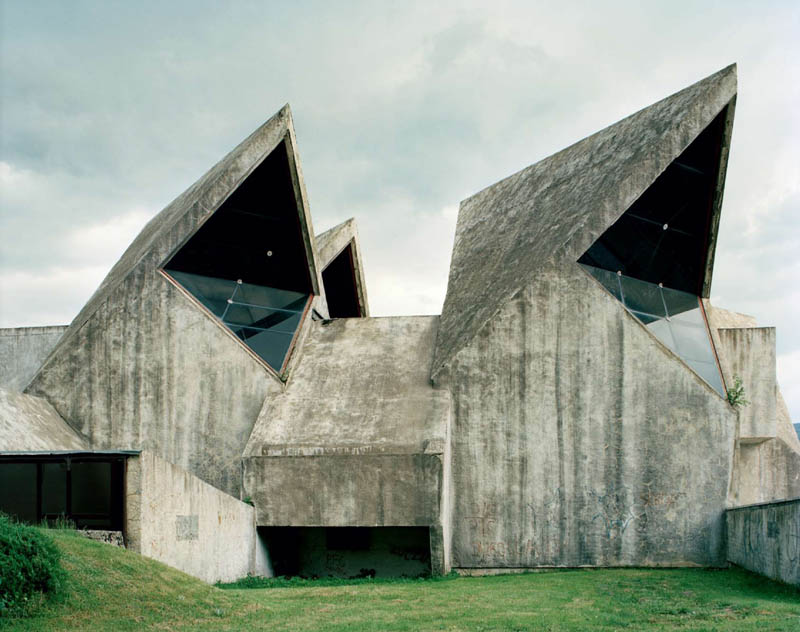
The ‘Spomen-Dom’, also referred to as the ‘Kolašin Town Hall/Cultural Center’ is a spomenik complex in Kolašin, Montenegro which is meant to commemorate the first assembly of the National Anti-Fascist Council of the Peoples Liberation of Montenegro and Boka in 1943, as well as the struggle of the residents of the city during the People’s Liberation Struggle (WWII).
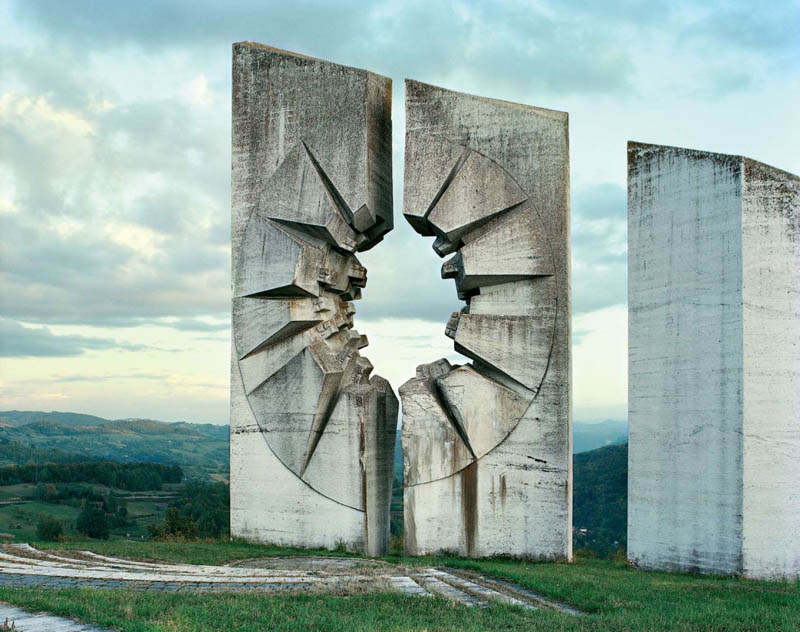
A large amphitheater was built in the center of this memorial complex in Užice, Serbia, to host educational presentations for schools and ‘Young Pioneer’ meetings.
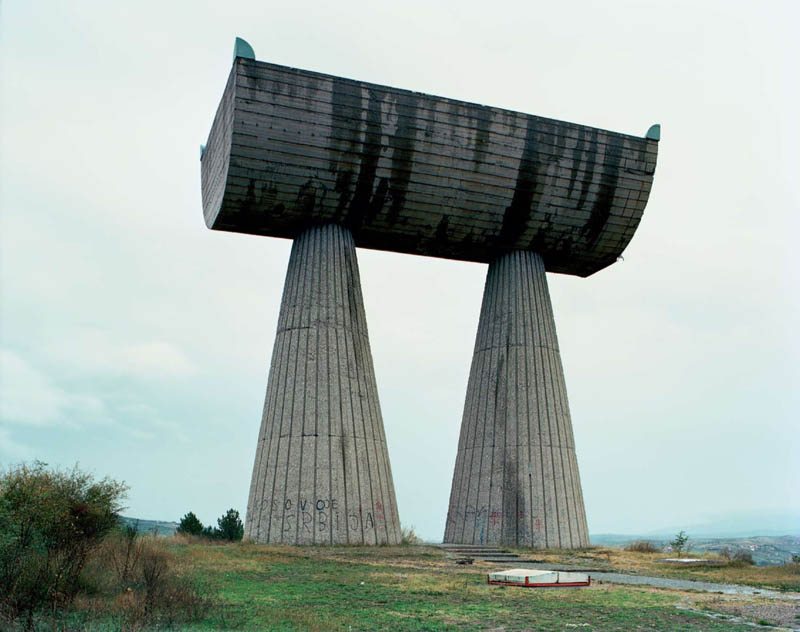
This monument was built to commemorate the memory of the local Serbian and Albanian fighters who worked at the Trepča mines in Mitrovica who bravely revolted against German occupation, forming the Miner’s Troop (Rudarska četa).
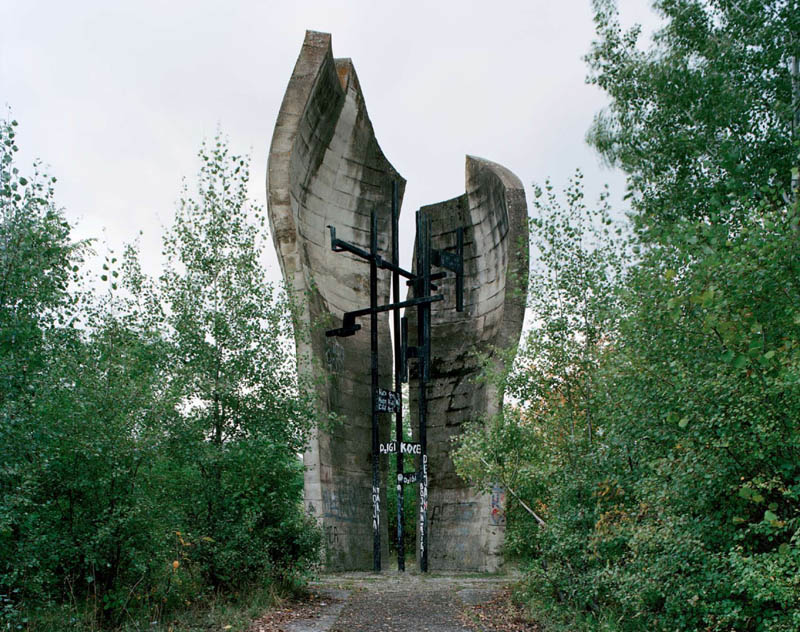
The monument here at the WWII spomenik park in Brezovica, Kosovo, commemorates the fighters of the Šar Mountains Partisan Unit, many of whom were from this region
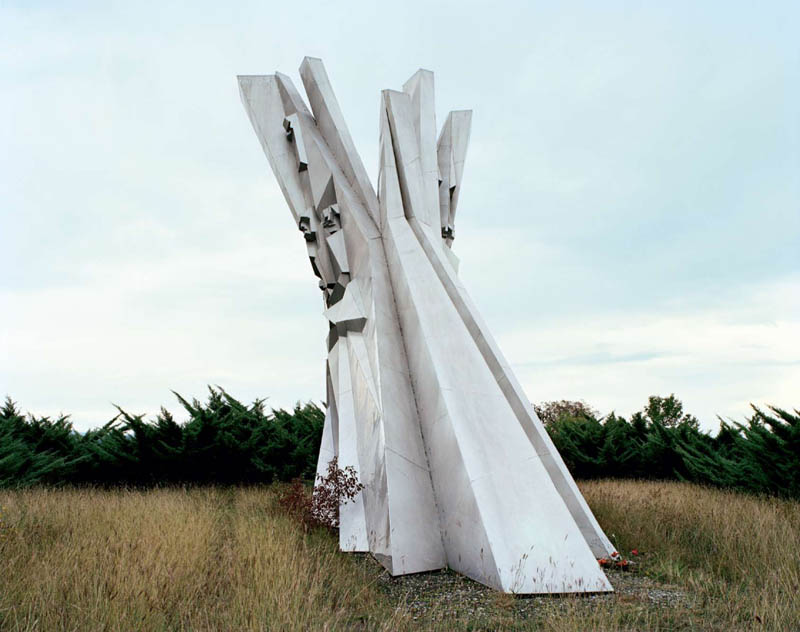
This monument at Ostra stands as a memorial to the fallen soldiers and veterans from the Čačak Partisan Detachment who were all from nearby city of Čačak, Serbia.

About three hundred desperate Serbian peasants, armed only with pitchforks, died attacking members of the Ustaše militia in 1942 at the top of this mountain in Novo Selo Palanječko, Croatia.
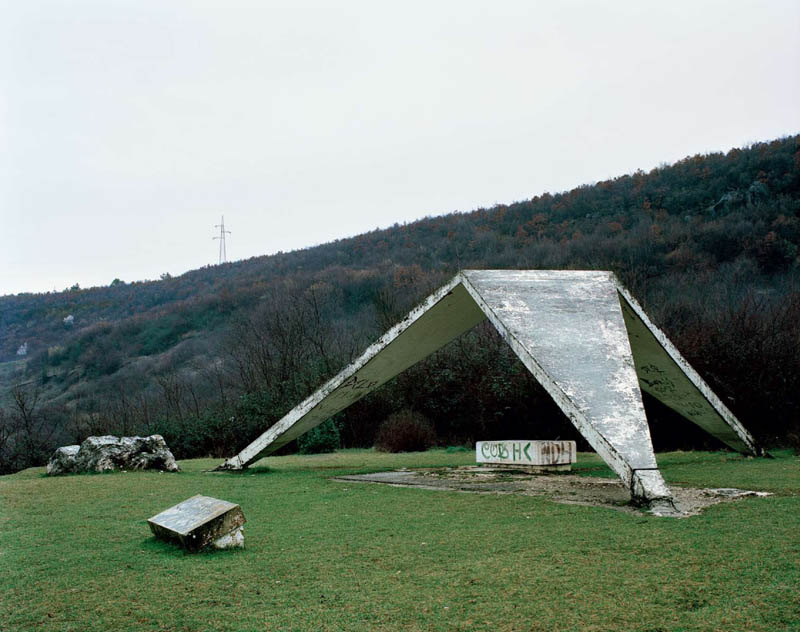
Many of the men who died here in Sinj, Croatia, were members of the Worker’s Football Club of Split.
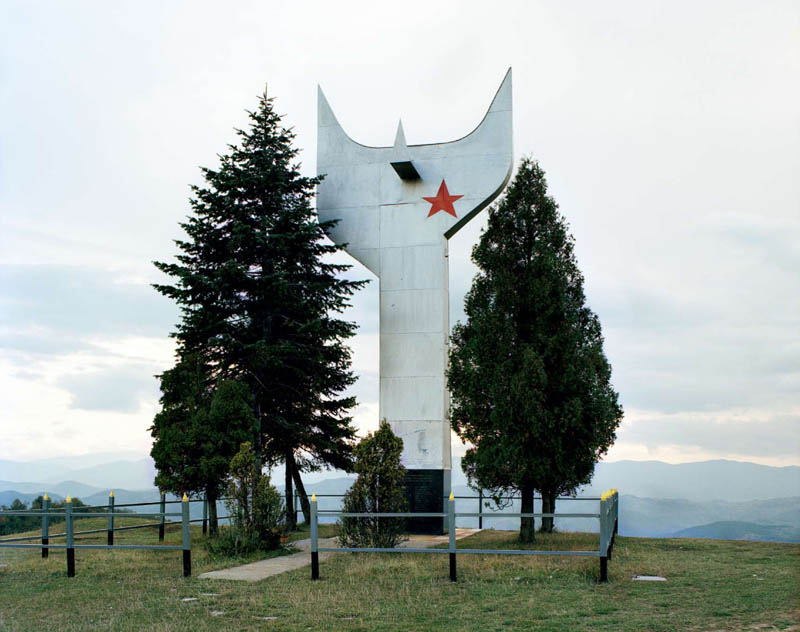
The monument at the Zenica spomenik complex commemorates the fighters of the Zenica Partisan Detachment who perished during struggles with Axis forces and Chetnik fighters in May of 1942.
(Photo credit: Wikimedia Commons / Jan Kempenaers / Spomenik Database / RHP).
